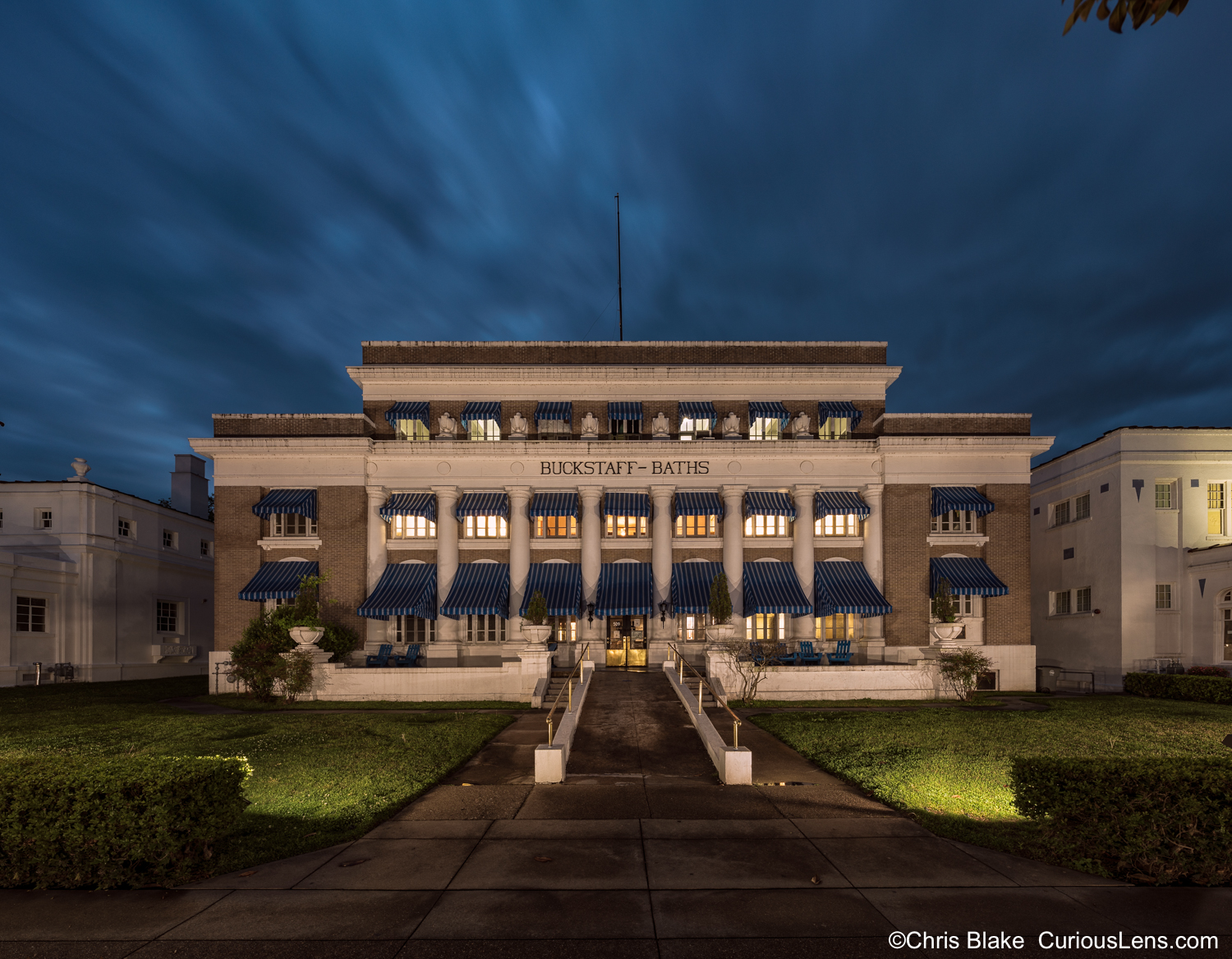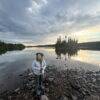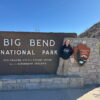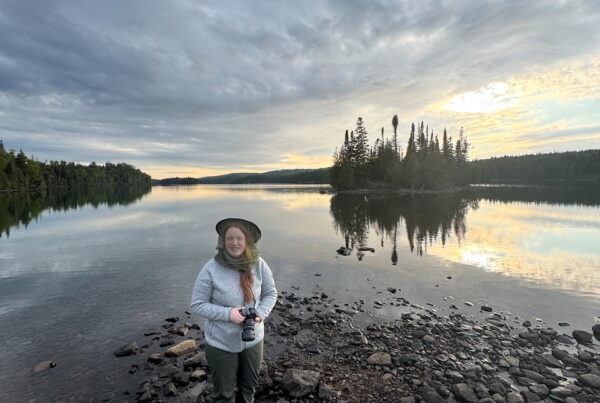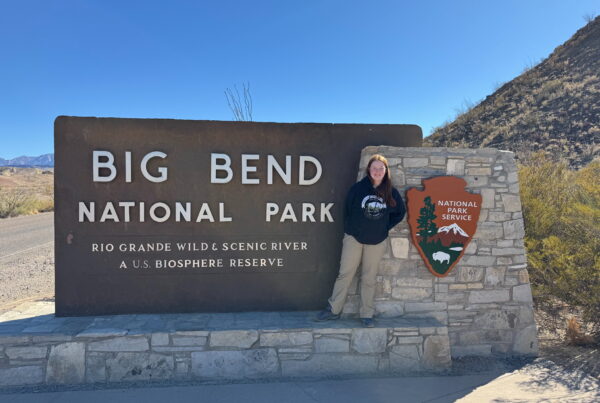In April, we found ourselves on the road once again, this time heading to Hot Springs National Park in Garland County, Arkansas—a park as unique as it is intriguing. Established by an act of Congress in 1832 to safeguard its recreational grounds, this park predates all others in the U.S., earning it the distinction of being the first federally protected land. Historically, people from all walks of life have flocked here, drawn by the purported healing properties of the hot springs water. Interestingly, Hot Springs held the title of the smallest National Park until 2018 when the Gateway Arch was elevated to full park status by Congress.
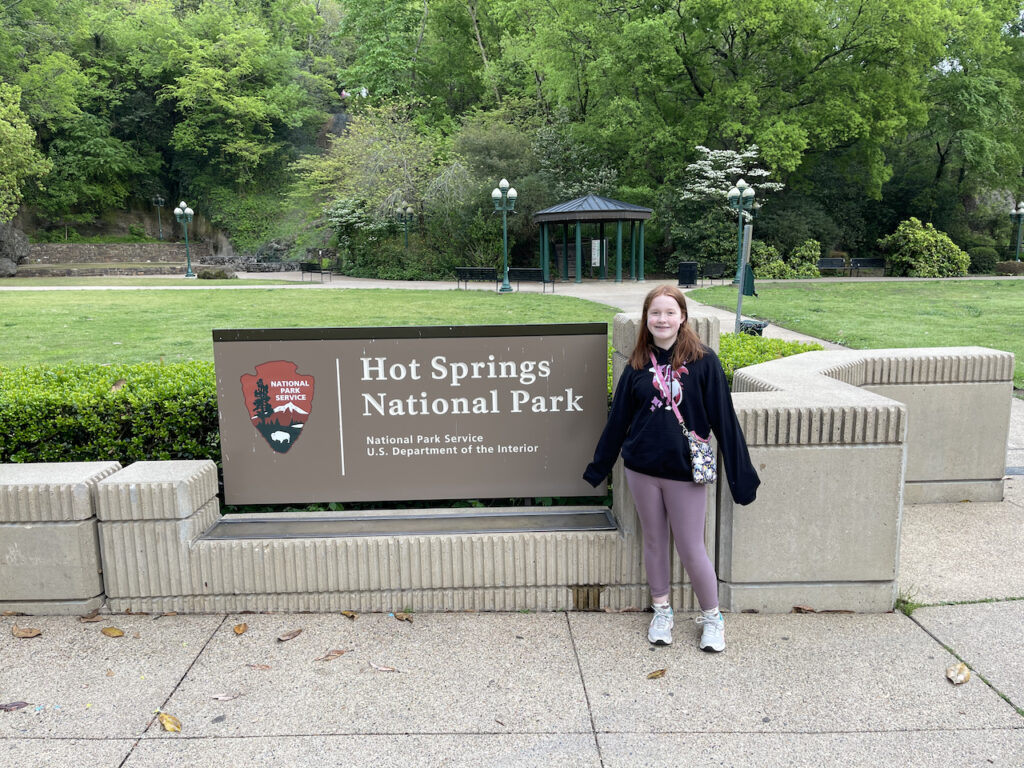
Nestled adjacent to the park is the charming town of Hot Springs, equipped with delightful food, cozy lodging, and a vibrant main street brimming with shopping opportunities. The town boasts a rich tapestry of history—from being the boyhood home of President Bill Clinton to its bustling early 20th-century days filled with Major League Baseball spring training, illicit gambling, speakeasies during Prohibition, notorious gangsters like Al Capone, thrilling horse racing at Oaklawn Park, and the prominent Army and Navy Hospital.
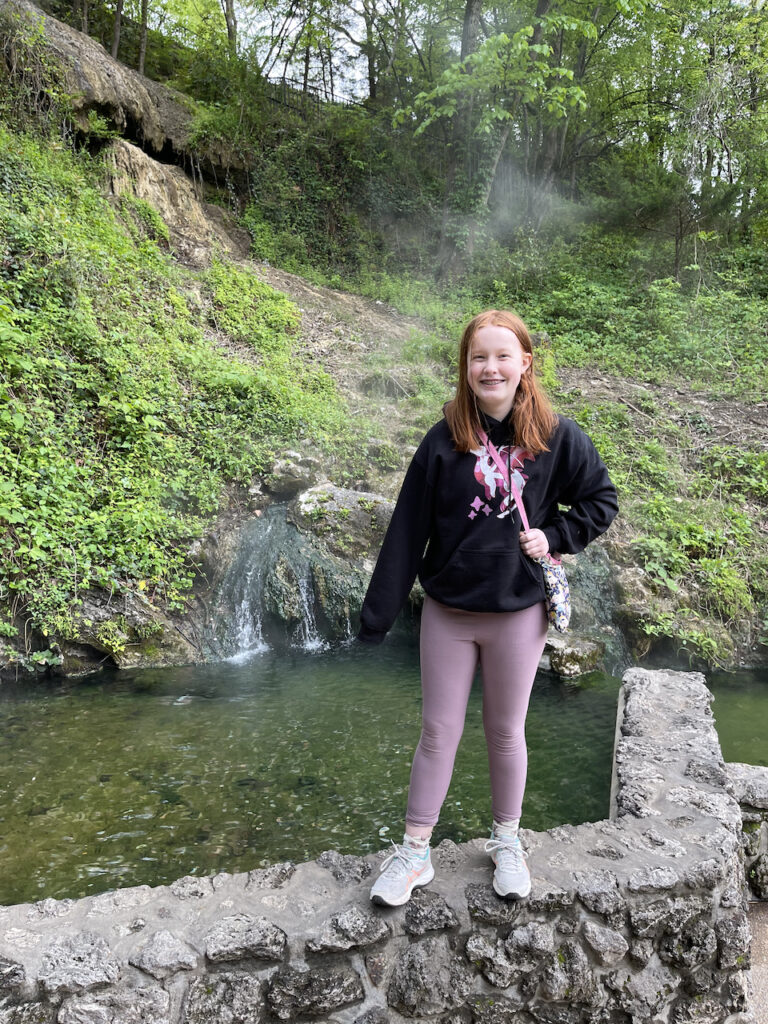
Within the park, the hot springs emerge from the western slope of Hot Springs Mountain. Unlike other national parks, the springs here have been extensively modified due to their centuries-old use for therapeutic purposes. Over the years, numerous baths, steam boxes, and shower facilities have been constructed to utilize this almost purely composed water.
Despite these alterations, the National Park Service has meticulously managed to preserve the production of uncontaminated hot water for public use. The park’s mountainous regions are also conservatively managed to protect the hydrological system that sustains the springs. All springs, except for one, have been capped at their source to channel the water into the town.
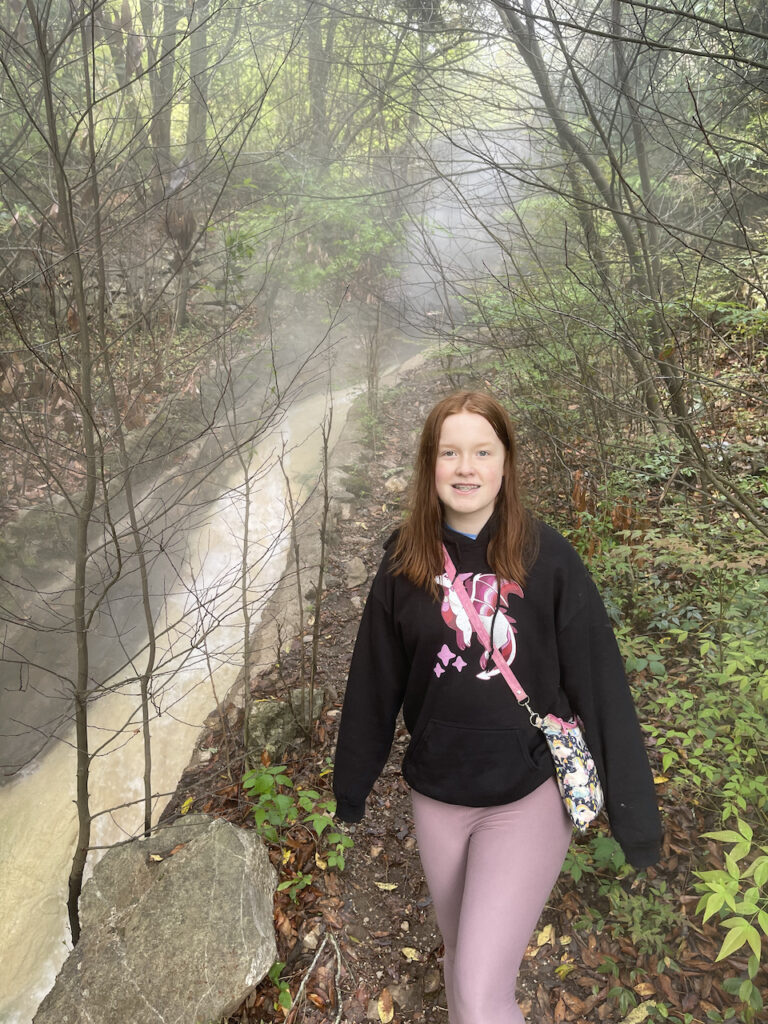
The entire Bathhouse Row area is designated as a National Historic Landmark District, showcasing the most magnificent collection of bathhouses in North America, adorned with splendid examples of Gilded Age architecture. The park headquarters and visitor center are situated in historic bathhouses on this row. For those eager to immerse in history, operational bathhouses remain on Bathhouse Row and within some of the vintage hotels.
The park’s landscape is a diverse mix of woodland and mountain terrain that seamlessly transitions into downtown Hot Springs. Unique trails wind up and across the western mountain, leading to the last uncapped spring—a portal to the past, giving a glimpse of the area as it was 150 years ago.

During our four-day exploration, we discovered that Hot Springs offers a compact yet rich experience. You can savor the local flavors at the only brewery located within a national park, housed in a former bathhouse. The city is dotted with historic fountains spewing almost boiling water, and several spots invite visitors to fill their bottles with natural, unfiltered spring water.
Behind Bathhouse Row lies the Grand Promenade, a scenic pathway offering panoramic views of downtown and the historic Army Navy Hospital. Here, the vivid past of Hot Springs comes alive as you stroll past the steaming, uncapped hot spring and watch the hot water cascade down the mountain.
The Army and Navy General Hospital, now the Rehabilitation Center, stands as a testament to the therapeutic benefits of the hot springs, historically catering to military personnel and veterans. Constructed in 1933 and now listed on the National Register of Historic Places, this stunning facility continues to be a cornerstone of the community.
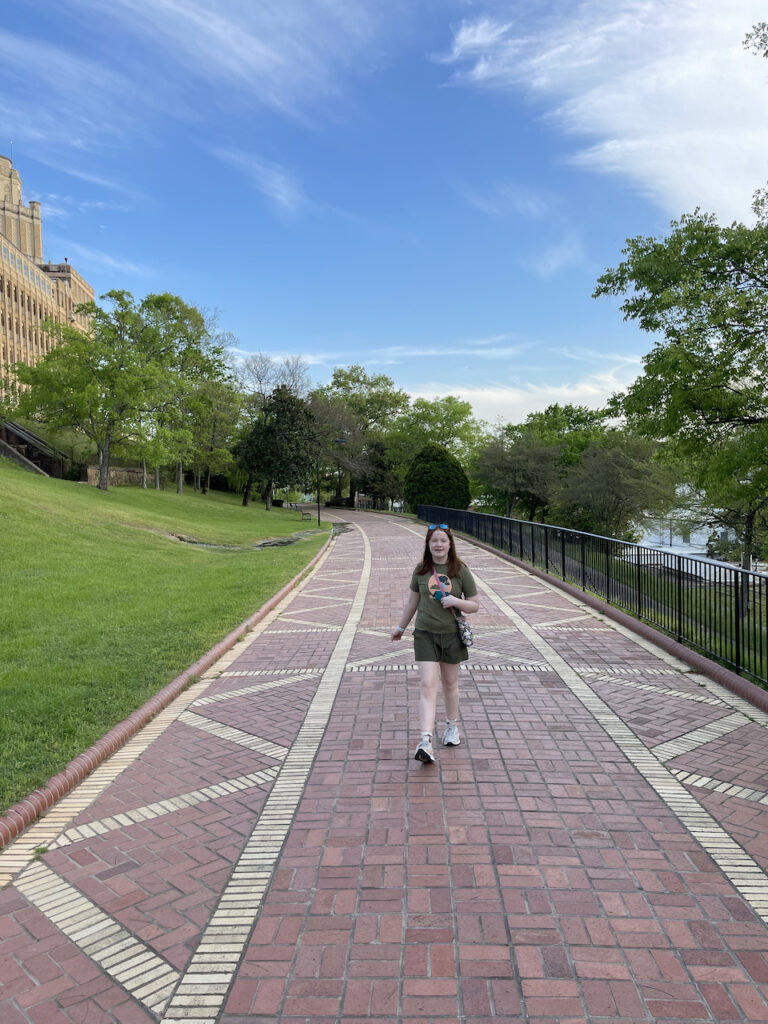


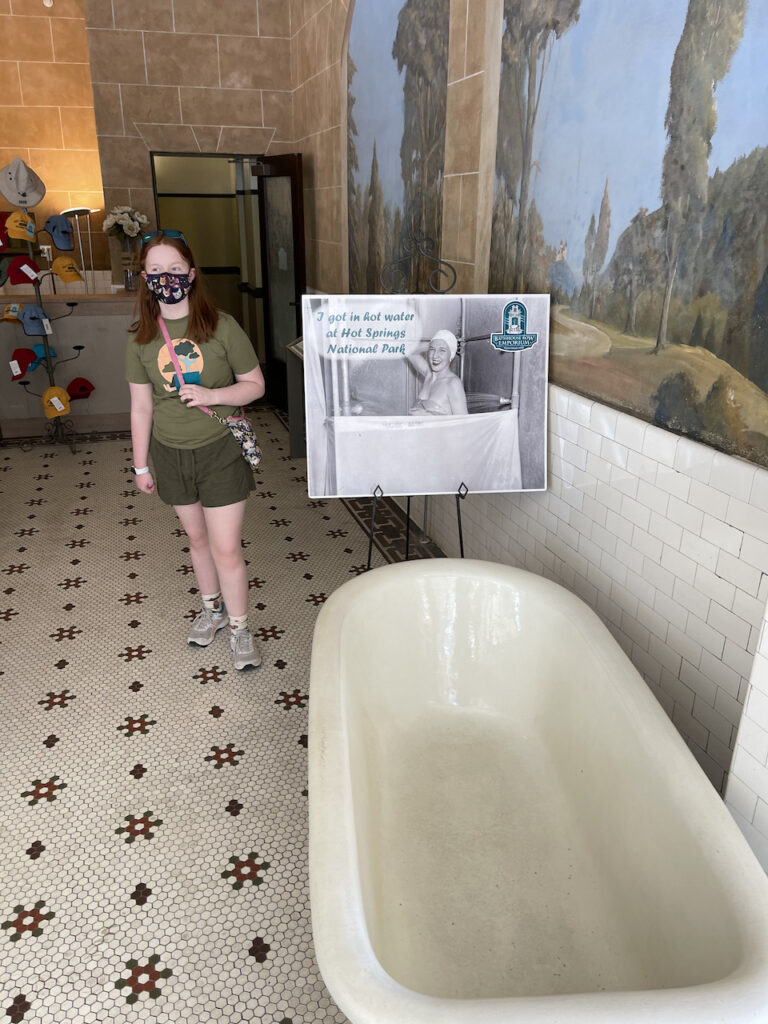
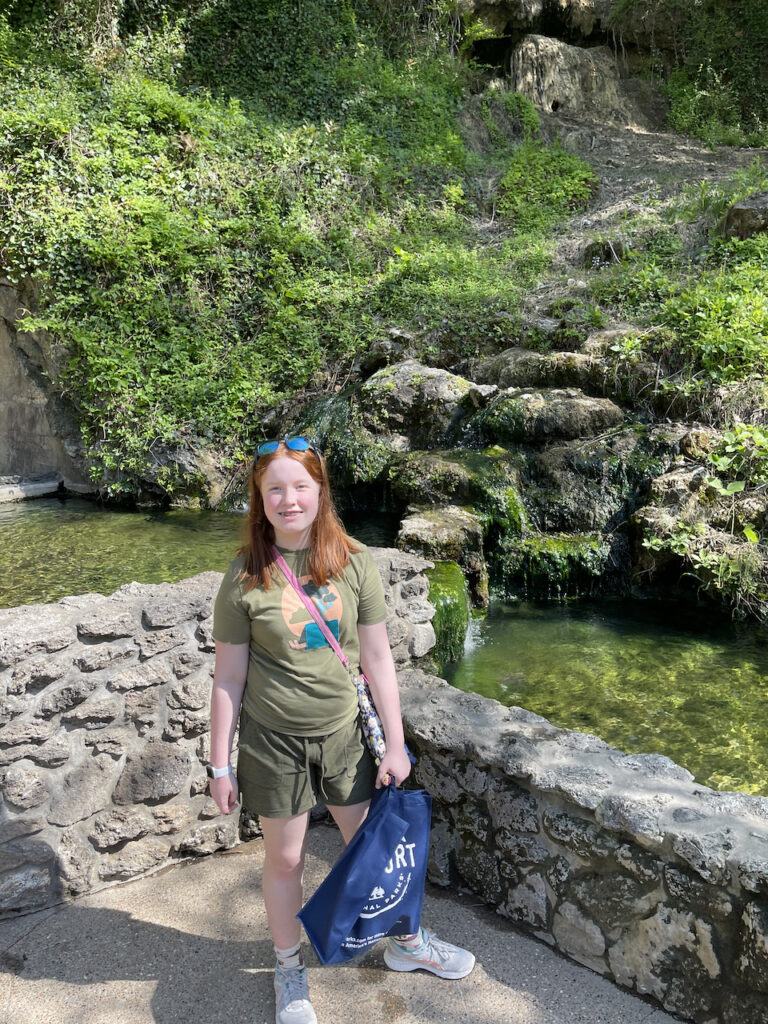
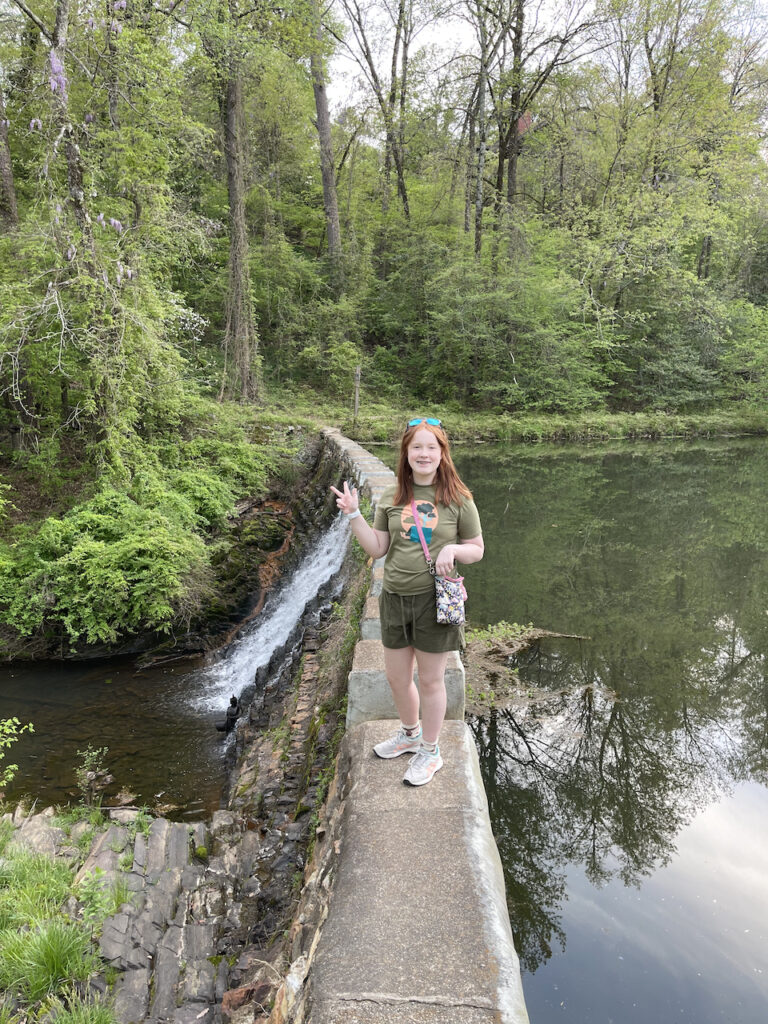
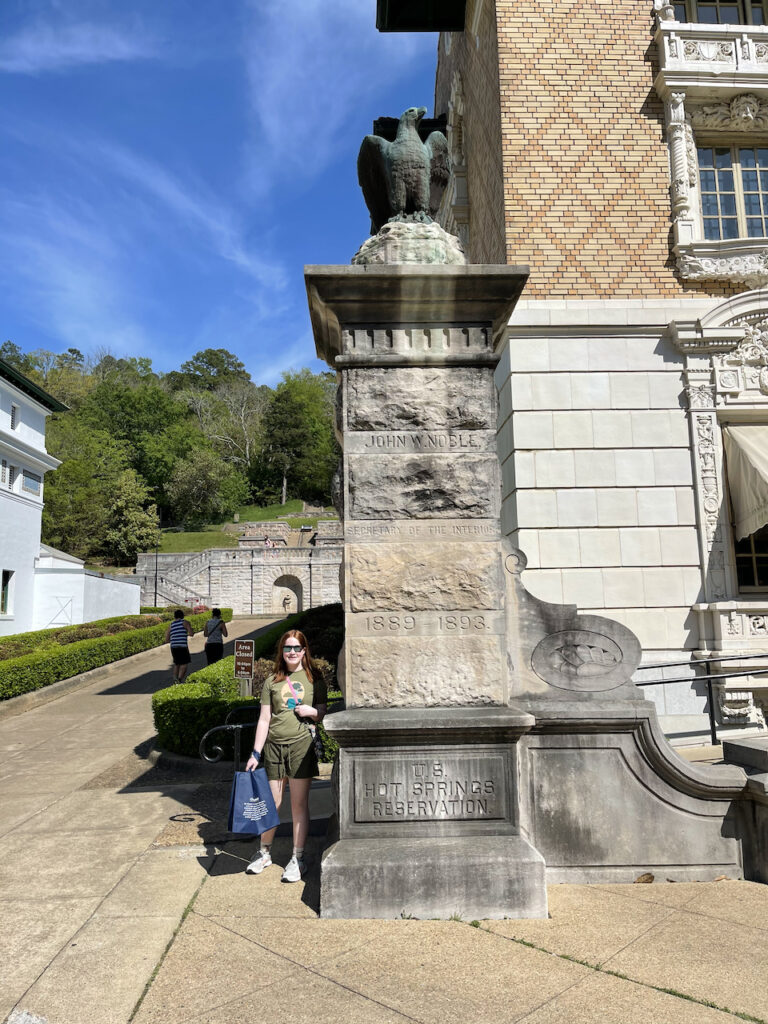

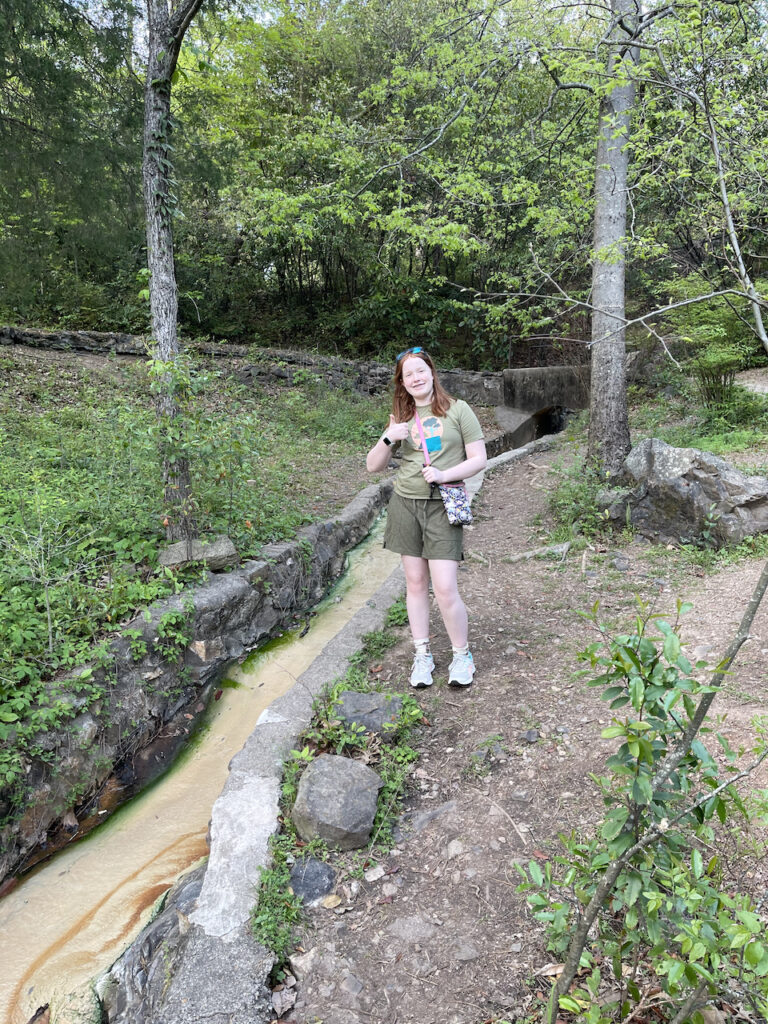
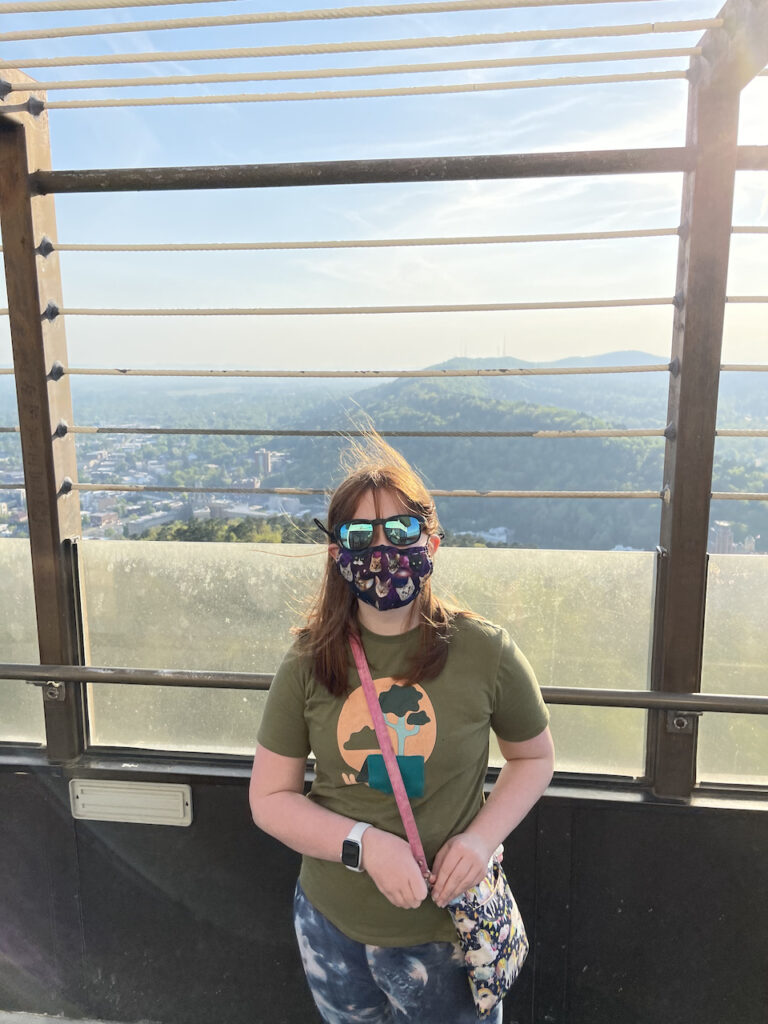
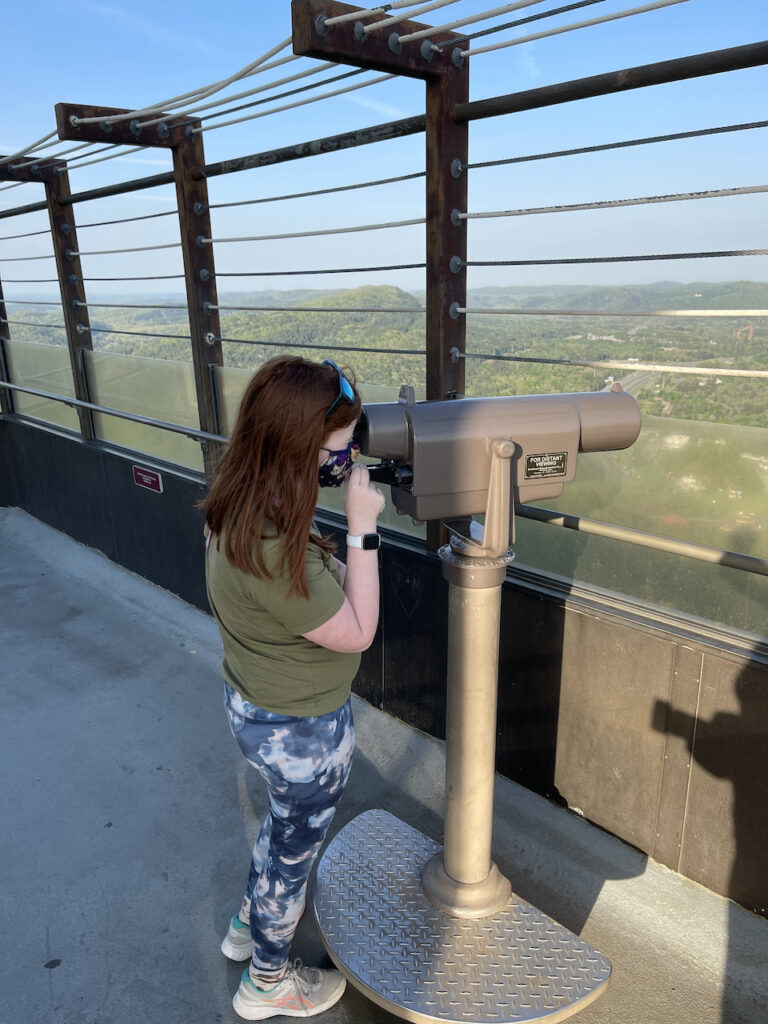
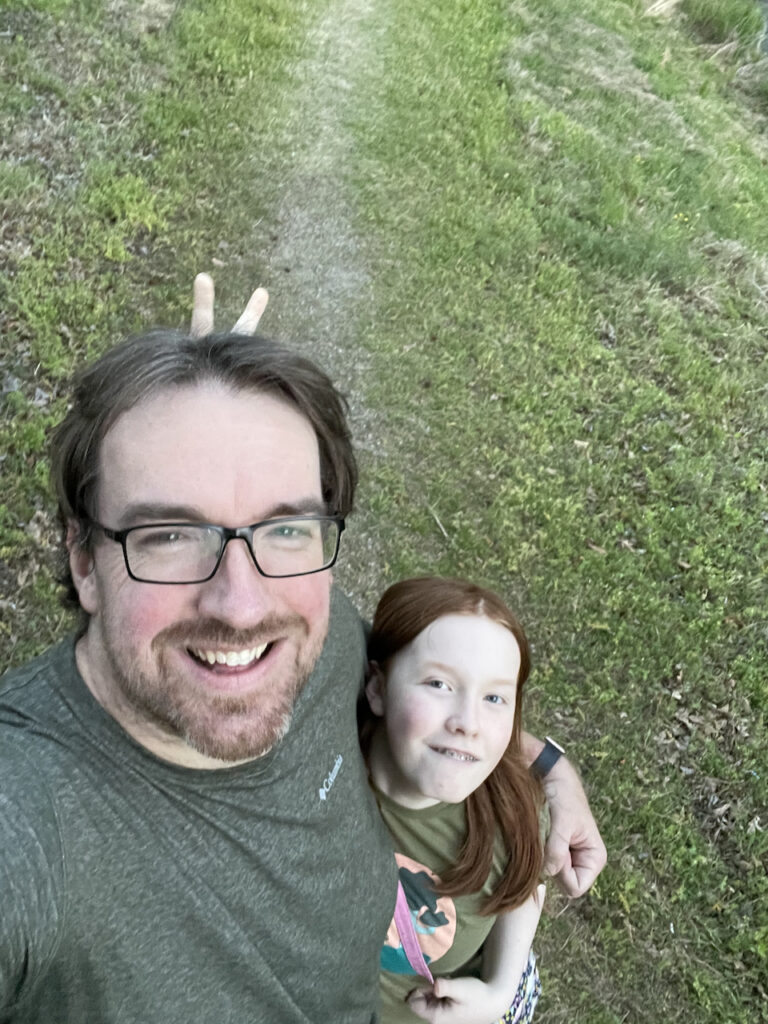

Our adventures also took us to the serene Ricks Pond, a tranquil spot just a short drive from downtown. Here, amidst a gentle pond and a flowing stream, you can traverse a dam leading to a quaint river and an old water wheel, allowing the modern world to slip away as you reconnect with nature.
While Hot Springs may not be the largest park, its captivating autumnal beauty—with leaves in fiery hues and steam rising from the mountain—is a spectacle I long to photograph on a future visit.
